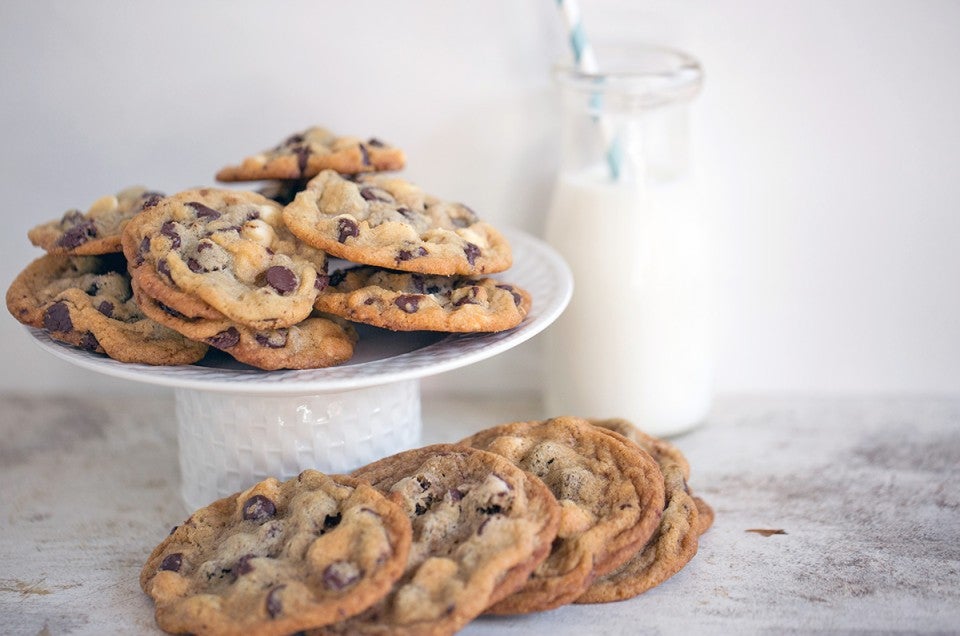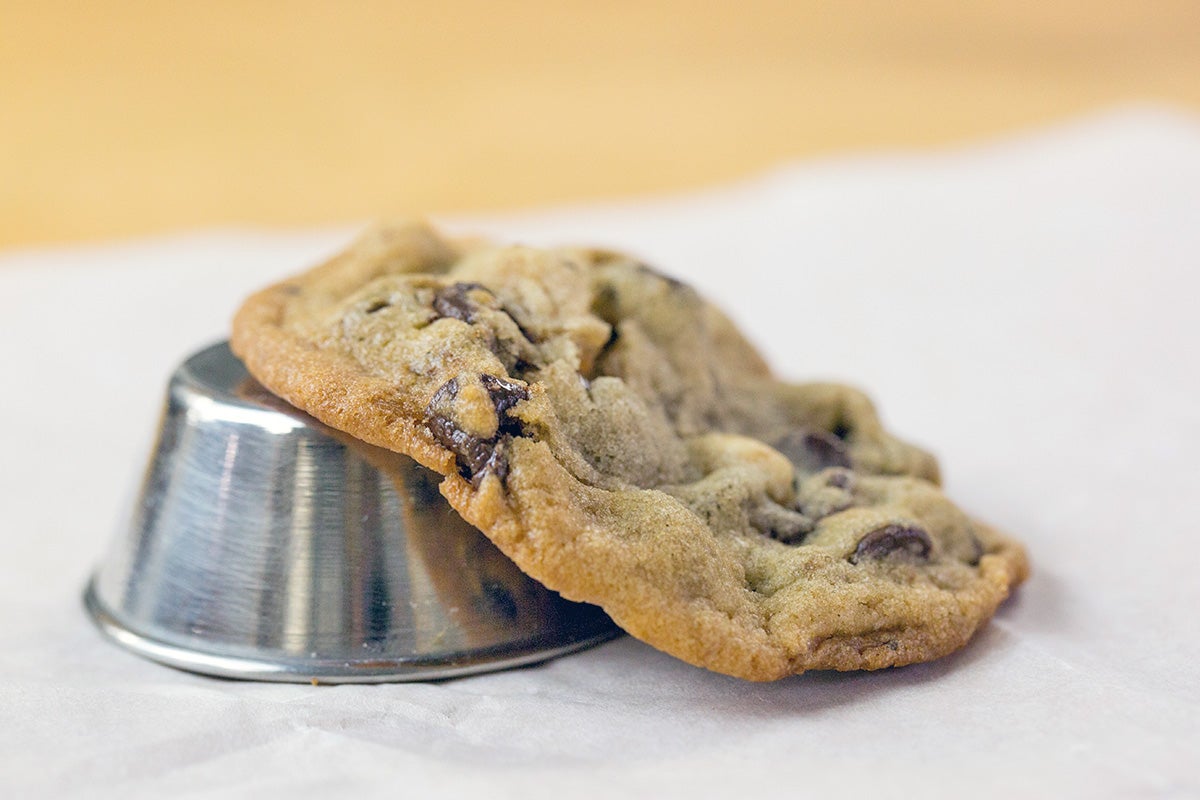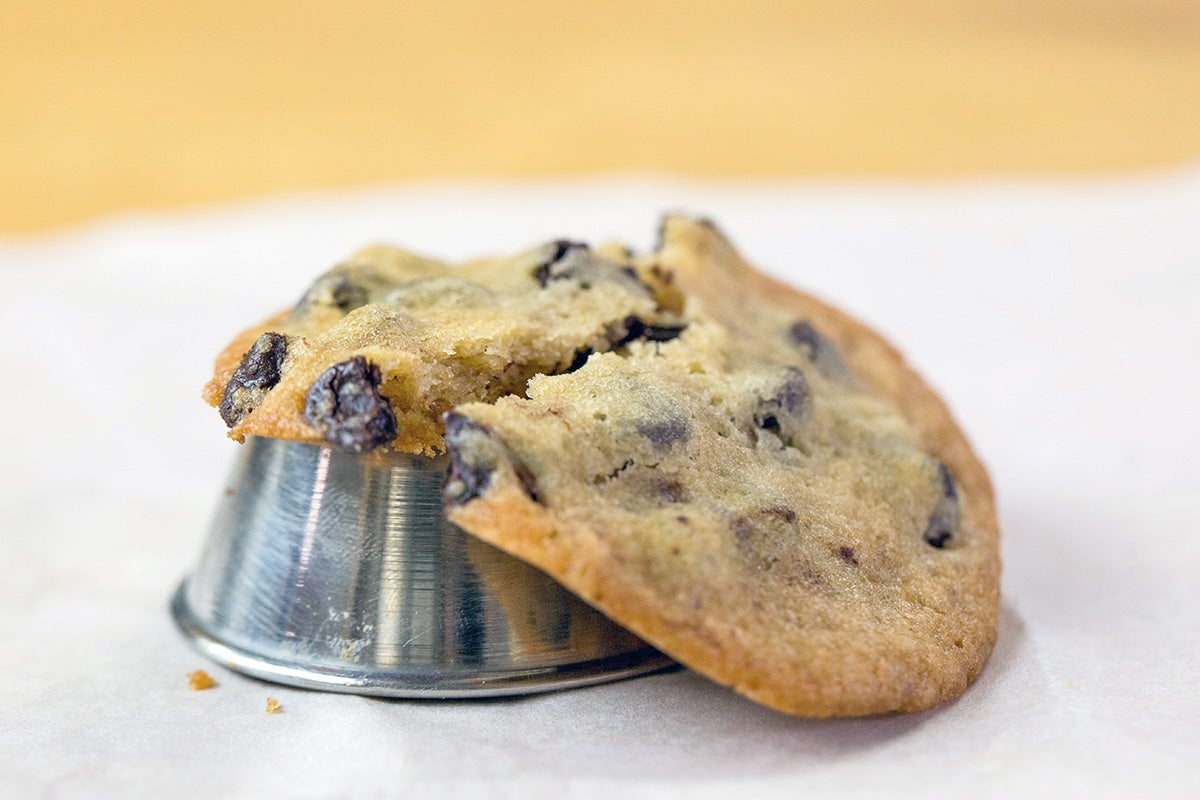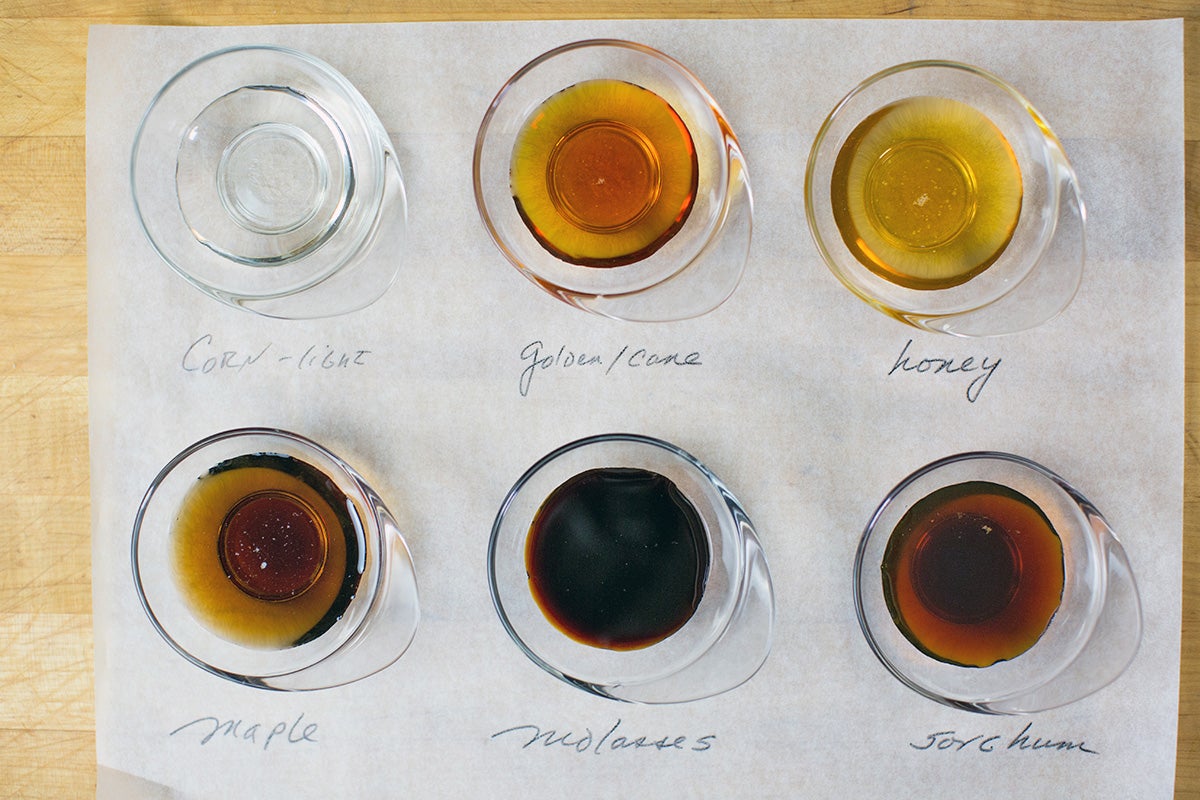


 We answer bakers' questions in every issue of Sift magazine. In our Fall 2018 issue, reader Nancy Wheelwright asked, "Somewhere I got the idea that corn syrup is something to be avoided. What is the purpose of corn syrup in a recipe? Can something else be used as a substitute? What was used before we had corn syrup?"
We answer bakers' questions in every issue of Sift magazine. In our Fall 2018 issue, reader Nancy Wheelwright asked, "Somewhere I got the idea that corn syrup is something to be avoided. What is the purpose of corn syrup in a recipe? Can something else be used as a substitute? What was used before we had corn syrup?"
Corn syrup is not quite the evil ingredient people think it is. They confuse the corn syrup we use for baking with a very specific commercial variant: high fructose corn syrup, which is found lurking in all kinds of processed foods.
Corn syrup from the baking aisle is an invert sugar, meaning it's liquid at room temperature. It does a couple of specific things in baking. In a cookie recipe, it creates a texture that's both bendy and chewy, as opposed to crisp. If you bake your cookies just until the edges start to brown, this is the texture you'll get:
 Invert sugars prevent grains of sugar from recrystallizing when the cookie cools, making it less brittle. Keep in mind, though, that if you bake the batch a bit too long, you'll get a cookie that's crisp throughout, despite the invert sugar in the formula.
Invert sugars prevent grains of sugar from recrystallizing when the cookie cools, making it less brittle. Keep in mind, though, that if you bake the batch a bit too long, you'll get a cookie that's crisp throughout, despite the invert sugar in the formula.
 Corn syrup is often added to fudge recipes to keep them from getting grainy, again by inhibiting the formation of large sugar crystals. That's also the reason it's sometimes added to cookie glazes: smaller crystals mean the frosting is shinier when it dries.
Corn syrup is often added to fudge recipes to keep them from getting grainy, again by inhibiting the formation of large sugar crystals. That's also the reason it's sometimes added to cookie glazes: smaller crystals mean the frosting is shinier when it dries.
The advantage corn syrup has is its neutral flavor, but it's not the only invert sugar you can use.
 Honey, maple syrup, and molasses can stand in for corn syrup, with slight adjustments up or down for their sweetness levels. For instance, honey is sweeter than corn syrup, so using about a third less helps you balance out the flavor.
Honey, maple syrup, and molasses can stand in for corn syrup, with slight adjustments up or down for their sweetness levels. For instance, honey is sweeter than corn syrup, so using about a third less helps you balance out the flavor.
Golden syrup is similar to corn syrup in its sweetness level. Molasses is not as sweet, but brings a robust flavor package of its own, making it good for a spice cookie (but kind of bossy for a snickerdoodle).
If you adore a crisp edge and a bendy center, try adding a tablespoon of invert sugar to your cookie recipe; choose whichever one best suits your desired taste. If corn syrup is what you use, you can rest easy.
A little experimentation can deliver the exact texture you're looking for — just keep an eye on the baking time (remember cookies will bake a bit more after coming out of the oven).

If you want to better understand the yummy science behind chocolate chip cookies, learn how a little extra milk or brown sugar can deliver extra-crunchy, extra-chewy, or extra-cakey cookies.
Many thanks to Anne Mientka for the photographs in this post.


August 10, 2022 at 5:10pm
Thank you. This is good information as I have a corn allergy and it has great affected what I can bake.
November 18, 2021 at 7:51pm
I'm curious above corn syrup in pecan pie filling. I've seen recipes that call for it and others that dont. Aside from the no crystalizing functionality, does it lend anything to the tightness of say, a pecan pie filling? Still creamy, but not runny?
November 20, 2021 at 2:58pm
In reply to I'm curious above corn syrup… by Heather D (not verified)
Hi Heather, the corn syrup is more about avoiding crystalization, and the "tightness" has more to do with the eggs, since this is basically a custard-type pie filling. However, it's perfectly possible to make a lovely pecan pie without corn syrup, as the linked blog post illustrates.
June 23, 2021 at 1:51am
I am trying to extend the life of my cookies but I want to keep them thick. How would I go about adding corn syrup while still maintaining a thick cookie? How could I change the ratio of ingredients to accomplish that? Seems eggs are the only liquid?
June 24, 2021 at 12:00pm
In reply to I am trying to extend the… by Meagan Miller (not verified)
Hi there, Meagan! We'd recommend replacing a couple of tablespoons of granulated sugar in your recipe with corn syrup. You'll want to use about 3/4 the amount of corn syrup when making your substitution. We hope this can help and happy baking!
December 10, 2019 at 9:14am
This is the most informative and helpful article I've seen on corn syrup, THANK YOU! I make Tartine's soft super dark/spicy gingerbread every Christmas season and I'm trying to get it as soft as humanly possible. I've left out the corn syrup in the past but definitely won't do so this year. I was also thinking of replacing some of the butter in the recipe with shortening, which should help increase softness as well, right? Thanks so much again. :)
December 10, 2019 at 10:55am
In reply to This is the most informative… by Cat (not verified)
Aw, we're so happy to hear you found this article helpful, Cat! We'd suggest sticking with butter for your recipe, as the water content in it will help keep your gingerbread soft. Happy baking!
January 20, 2019 at 6:05pm
January 22, 2019 at 1:28pm
In reply to How would you make substitutions in cakes and other baked goods… by Mr Victor (not verified)
September 30, 2018 at 5:37pm
Pagination